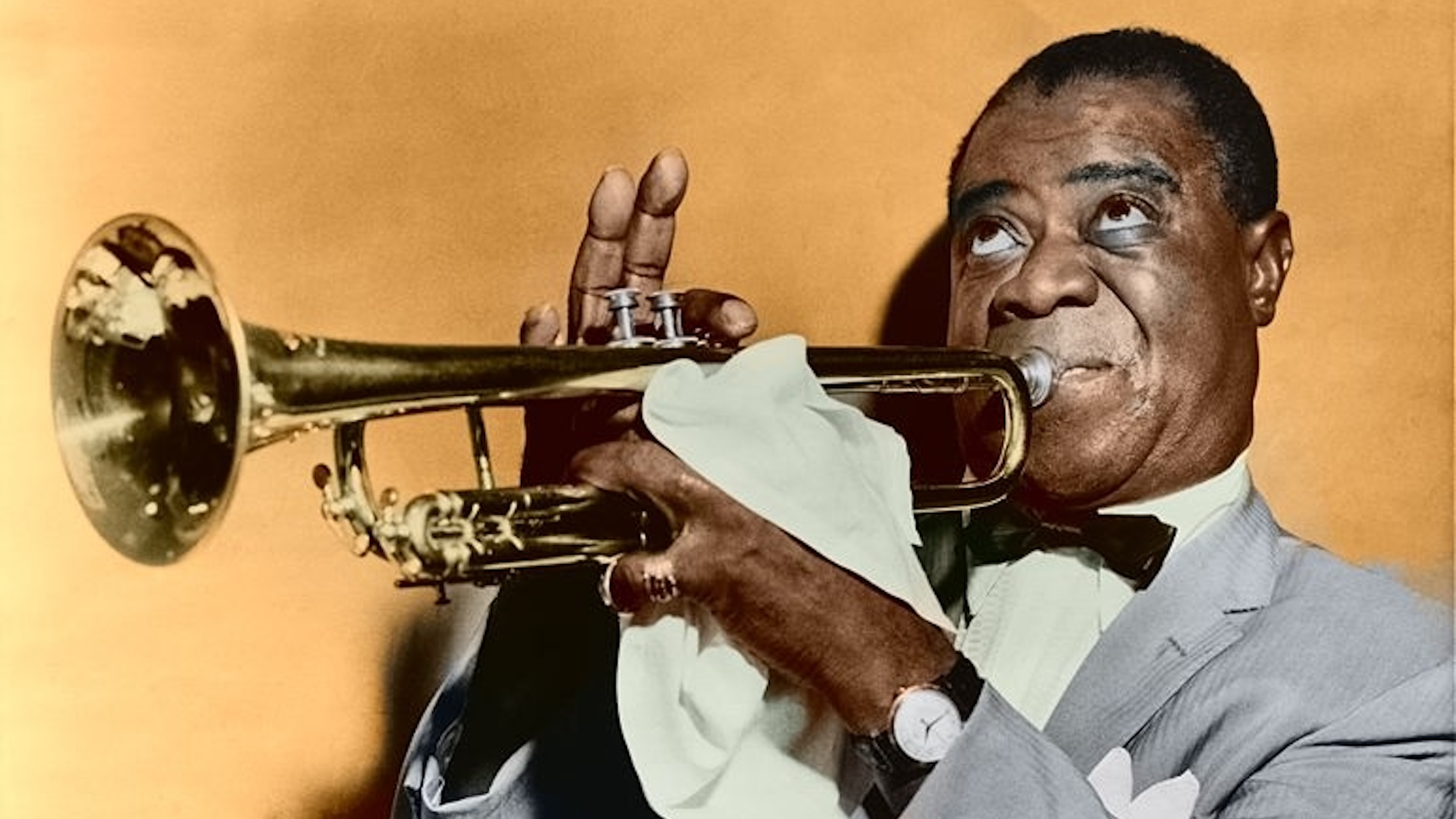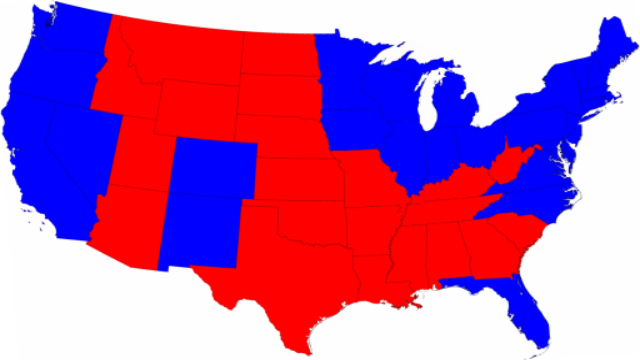‘Adnan al-Qadhi and the Day After

Earlier today an apparent US drone strike targeted and killed ‘Adnan al-Qadhi in the area of Sanhan, just south of Sanaa.
I say apparent drone strike, because while there is no confirmation from the US – as is usual in events like this – the attack took place at night and Yemen has often said that its decrepit air force can’t carry out strikes at night, which leaves, by default: the US.
And indeed that is what most local reports in the Yemeni media are reporting, see here and here.
There are several things that are important about today’s strike. First, for US based analysts this will be evidence that one day after winning re-election President Obama will not “rethink his administration’s heavy reliance on drone strikes to kill people suspected of being extremists” as this New York Times asked earlier today.
In Yemen, this strike is important for other reasons. To begin with, the apparent target of the strike ‘Adnan al-Qadhi is an important figure in Yemen. According to this report, he served on the mediation team that negotiated between Tariq al-Dhahab who took over Rada in the name of Ansar al-Shariah in early 2012 and the Yemeni government.
He is also said to be an officer in the 1st Armored Division, which is commanded by Ali Muhsin, who al-Qadhi is related to. And the strike took place very near to Bayt al-Ahmar, which is former President Ali Abdullah Salih’s birthplace.
Judging from what I’ve heard from sources in Yemen as well as from the reports cited above al-Qadhi was accused of being linked to the cell that carried out the September 2008 attack on the US Embassy in Sanaa.
That is an interesting allegation since the entire cell in that attack came from a single mosque in the Red Sea port city of Hudaydah.
It also begs the question as to why al-Qadhi was targeted now? Even if the accusation was true, the attack took place more than four years ago. Did the US have evidence that al-Qadhi was about to carry out another attack?
This also brings up the other casualties in today’s attack. Along with al-Qadhi, Rubay’a Lahib and Radwan al-Hashidi have been reported killed along with three others wounded including a child, who was related to al-Qadhi.
This leads me to something that I have been arguing about for some time on this blog, and that is the multiple identities that people in Yemen hold.
So, even if the accusations against al-Qadhi were true and he was involved in the 2008 US Embassy attack and even if the US did have intelligence that he was about to carry out an attack on US personnel in Yemen or planning a strike against the US – did the US also have intelligence that all of the other individuals within the car were also involved?
This is important. The US has carried out, by my best estimate, between 37 – 50 strikes this year in an attempt to kill 10 – 15 people. Many of those 10 – 15 people are still alive (see: Nasir al-Wihayshi, Said al-Shihri, Qasim al-Raymi, Ibrahim Asiri and so on) but people are dying in Yemen.
And while we in the US may not feel or realize this, it is very real in Yemen. And this is causing problems and – I continue to say – is one of the key reasons behind the rapid growth of al-Qaeda in Yemen.
It is not that al-Qaeda’s theology has suddenly become palatable to larger numbers of Yemenis than ever before, it is that people are looking for revenge against the US for the killings of their relatives and tribesmen and in Yemen today al-Qaeda is the only group fighting back, which leads to a dangerous marriage of convenience.
So, were al-Hashidi and Lahib al-Qaeda members? And even if so, will they be seen that way by their friends and relatives?
Given al-Qadhi’s position and prominent relatives in Yemen it will be important to watch for fallout in the days ahead.





